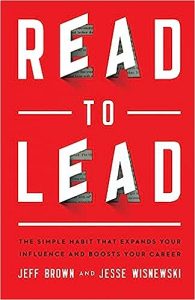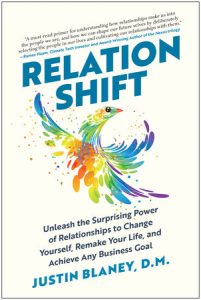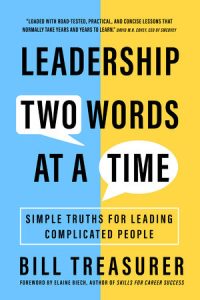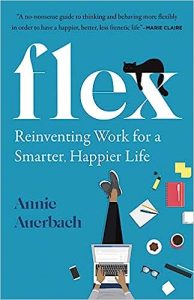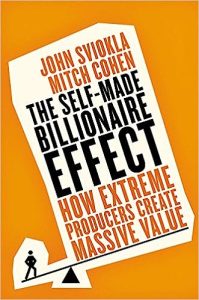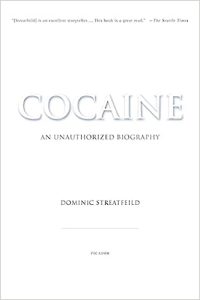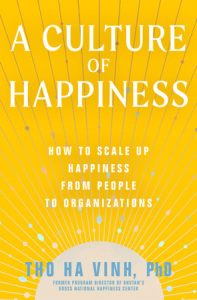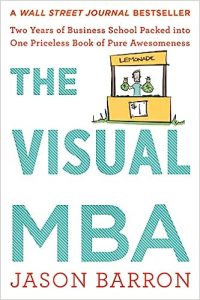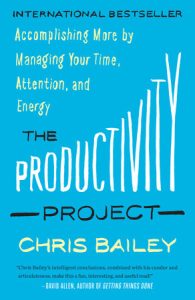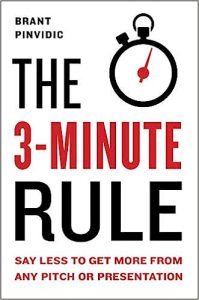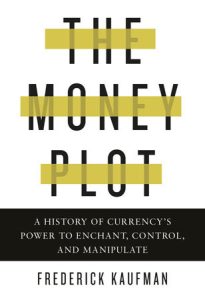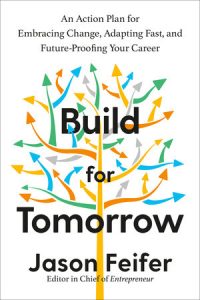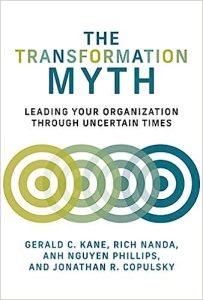Read To Lead
₦6,000.00It’s the common habit shared by many successful people throughout history. It’s responsible for unlocking limitless creativity and influence. It’s known to reduce stress, improve decision-making skills, and make you a better leader. What is it? Reading. And it’s the single best thing you can do to improve yourself professionally.
Reading more and better books creates opportunities for you to learn new skills, rise above your competition, and build a successful career. In Read to Lead you’ll learn
– why you need to read like your career depends on it
– the five science-backed reasons reading will help you build your career
– how to absorb a book into your bloodstream
– a technique that can double (or triple!) your reading speed
– tips on creating a lifetime reading habit
– and more
If you want to lead a more satisfied life, have more intelligent conversations, and broaden your mind, you need to read to lead!

